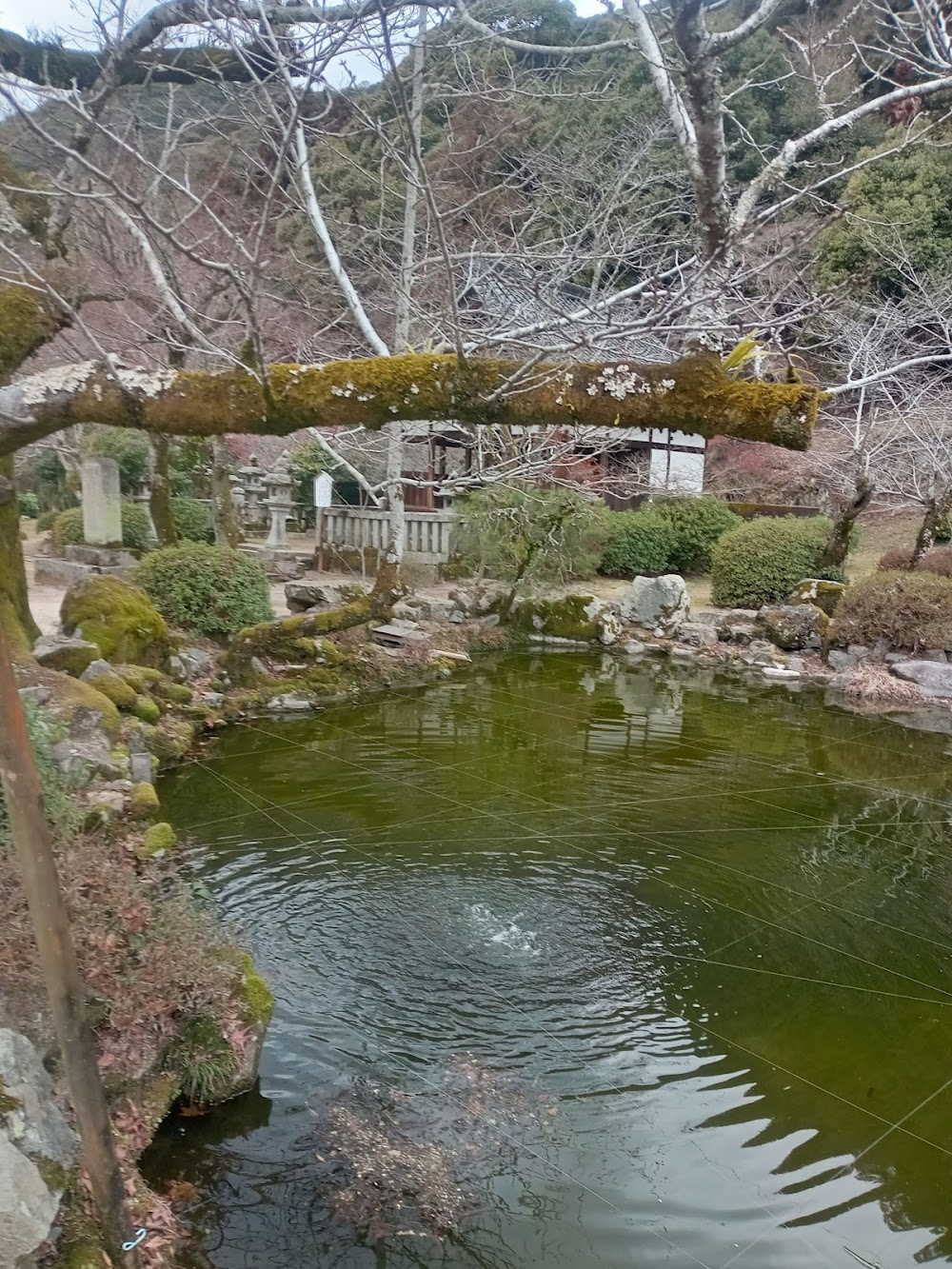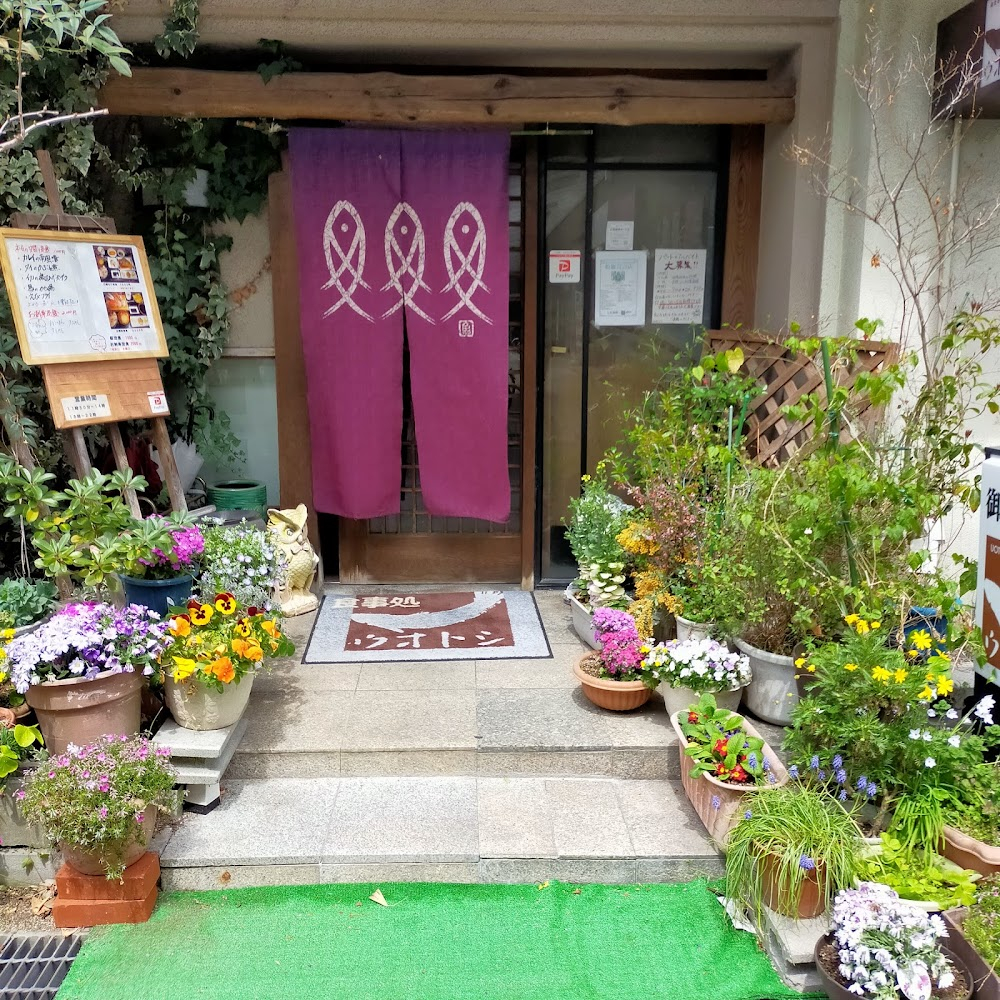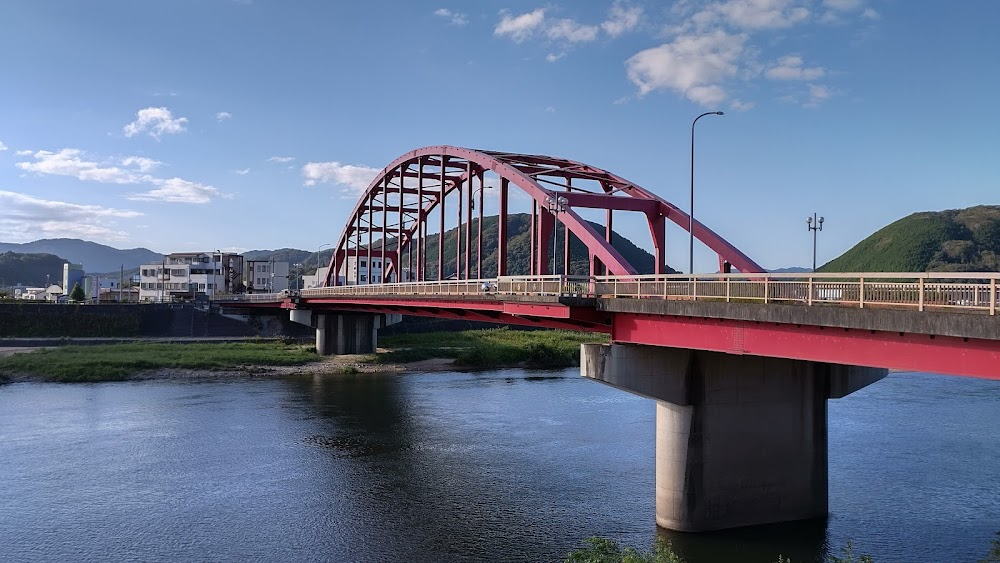Ishiuchi jinjô kôtô shôgakkô: Hana wa chiredomo Filming Locations

Where was Ishiuchi jinjô kôtô shôgakkô: Hana wa chiredomo filmed? Ishiuchi jinjô kôtô shôgakkô: Hana wa chiredomo was filmed in 9 locations across Japan in the following places:
Ishiuchi jinjô kôtô shôgakkô: Hana wa chiredomo Filming Locations
Hamada is a city located in Shimane Prefecture, Japan. As of 31 May 2023, the city had an estimated population of 50,176 in 25498 households and a population density of 73 persons per km². The total area of the city is 689.68 square kilometres.
Hiroshima, a modern city on Japan’s Honshu Island, was largely destroyed by an atomic bomb during World War II. Today, Hiroshima Peace Memorial Park commemorates the 1945 event. In the park are the ruins of Genbaku Dome, one of the few buildings that was left standing near ground zero. Other prominent sites include Shukkei-en, a formal Japanese garden, and Hiroshima Castle, a fortress surrounded by a moat and a park.
Iwakuni is a city at the southern end of Japan’s Honshu island. It’s best known for the wooden Kintai Bridge, with 5 arches spanning the Nishiki River. In Kikkō Park there are samurai-era residences and many of the region’s albino snakes. From the park, a cable car runs to the peak of Mt. Shiroyama, where there are panoramic views from Iwakuni Castle. Samurai artifacts are exhibited at Iwakuni Art Museum.
Kure is a city on Japan’s Seto Inland Sea. It’s best known for shipbuilding. By the water, Yamato Museum explores modern maritime history, with torpedoes and a scale replica of the Yamato battleship. The JMSDF Museum traces naval defense and houses the 1980s Akishio submarine. East of the city, trails lead to the peak of Mount Noro. On Kami-kamagari Island, an observatory overlooks the curved Kenmin-no-hama beach.
Mihara is a city located in Hiroshima Prefecture, Japan. As of 30 April 2023, the city had an estimated population of 88,591 in 43253 households and a population density of 190 persons per km². The total area of the city is 258.14 square kilometres.
Miyoshi is a city located in Hiroshima Prefecture, Japan. As of 31 March 2023, the city had an estimated population of 49,106 in 23154 households and a population density of 63 persons per km². The total area of the city is 778.14 square kilometres.
Nara is the capital of Japan’s Nara Prefecture, in south-central Honshu. The city has significant temples and artwork dating to the 8th century, when it was Japan’s capital. Deer roam in Nara Park, site of Tōdai-ji temple. Daibutsu, Tōdai-ji's 15m-high bronze Buddha, is displayed in a large wooden hall. On the park's east side is the Shinto shrine Kasuga Taisha, which dates to 768 A.D. and more than 3,000 lanterns.
Onomichi is a hilly port city in southwest Honshu, Japan. It’s known for the Temple Walk, a network of paths connecting 25 temples. In the east, Jōdo-ji Temple has painted screens and the ornate Taho-to Pagoda. A cable car runs to a park atop of Mt. Senkōji, where there are views of spring cherry blossoms from iconic Senkō-ji Temple. Onomichi City Museum of Art has a collection of paintings by international artists.
Shizuoka is a city on the south coast of Japan. It’s known for views of Mount Fuji from Miho no Matsubara beach and the Nihondaira Plateau. A cable car links the plateau to Kunōzan Tōshō-gū, an ornate 17th-century shrine and original burial place of Shogun Tokugawa Ieyasu. Sunpu Castle features ruins of the original castle and a recreated turret. The Toro Museum archaeological site displays Iron Age dwellings.
Ishiuchi jinjô kôtô shôgakkô: Hana wa chiredomo (2008)
Set at the end of the Taisho era (1920s) at Ishiuchi Jinjo Higher Elementary School in the mountains of Hiroshima prefecture, there was a fervent teacher called Mr. Ichikawa. He always placed his pupils first and took any issues to heart.



